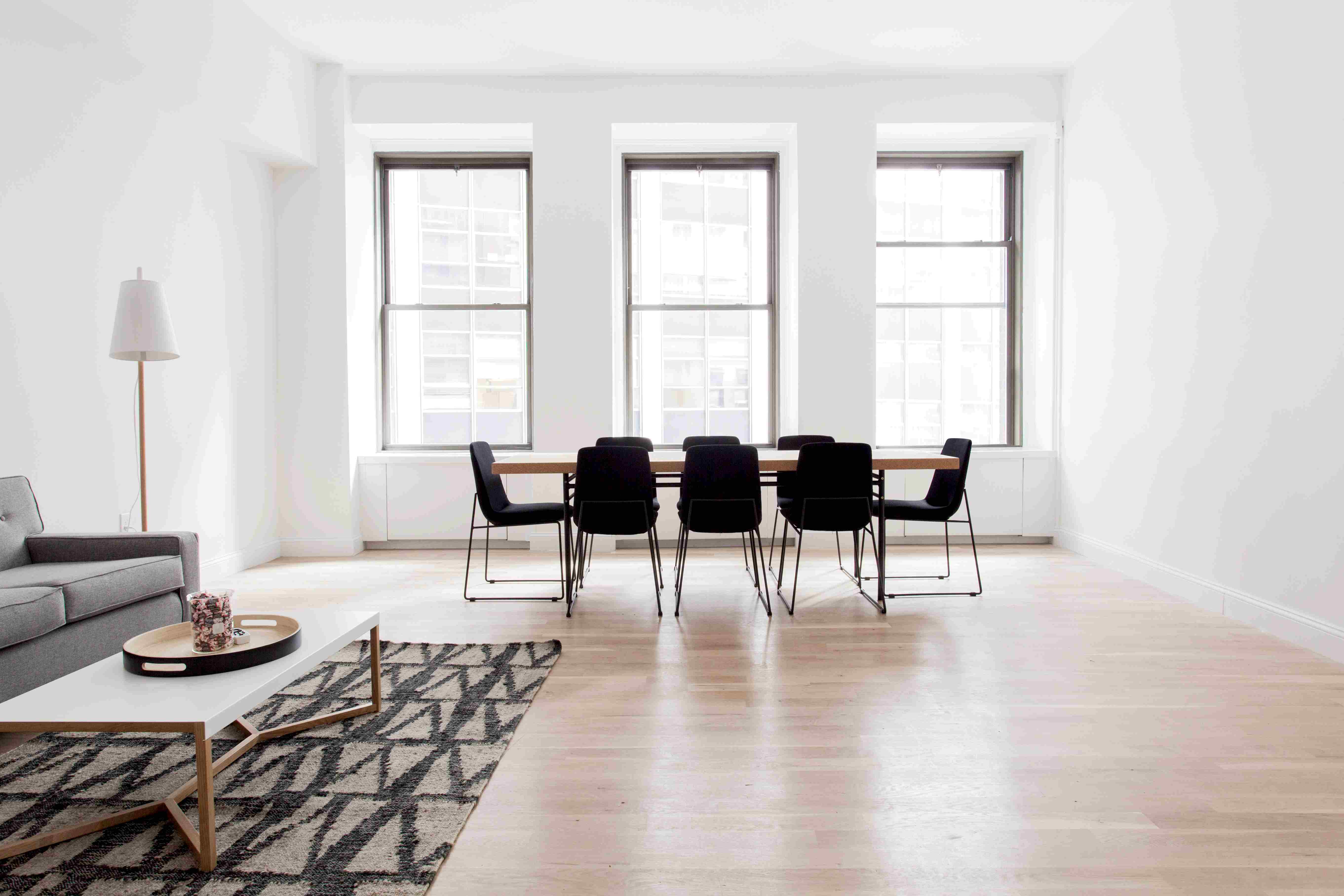-

Picking the right investment
Thu Jan 03 2019. 3 min readRemember the strategy comes first and the property second, not the other way around. This is the reason that landlord grow rich in their sleep. When we think property we often think location, location, location, but a question I often getting asked is where should you buy property and what type of property should you buy. This is a difficult question to answer because there isn’t a one size fits all answer and there shouldn’t be. Before investing you should know what you want to achieve and buy a property that gets you to that end goal rather than buying a property and hope it makes you money without any clear plan on where you’re going and why you’re purchasing or investing in the first place. The rule of thumb and a safe bet with investing is to look for a property within 10-20kms within a major CBD like London that has the population growth to support property growth, this will ensure you always have demand for your property be it capital demand or rental demand. You should also look for suburbs that are consistently desirable such as North Shore and Eastern Suburbs and if you can’t afford to purchase in these areas then look at the neighbouring suburbs, I say this because as the population increases and others either can’t afford these areas or there isn’t enough housing in these areas they will naturally progress to the neighbouring suburbs which will in-turn drive the value of your property upwards. It’s important to remember the property market is cyclical and often goes between a buyer’s market and a seller’s market and this comes back to the level of supply and demand, for example if you purchase in a rural area, there isn’t enough population growth to support growth in this area, similarly if you look at mining towns, once the resources have been mined there is no longer something in that town to sustain growth and that is why the market falls and often doesn’t recover. Another example is interest rate fluctuations, when interest rates fell it became attractive for people to purchase property because the restrictions on serviceability by default fell because you simply required less money to service the debt you were taking on, this sent the market into an exponential growth period, once property became more expensive it became a sellers’ market meaning the seller had the power in the negotiation because so many people wanted to buy and the supply wasn’t enough for this demand. Since interest rates have started to rise internally with the banks, there will be less people that can afford to buy and that’s when it becomes a buyer’s market as there is less competition and therefore an opportunity to negotiate purchase prices in a buyers’ favour. This will also be the time when rental yields increase as there are less people buying property to live in. Now the question of what type of property to buy depends on your own level of comfort and what you plan to do with the property i.e. buy to hold or renovate to sell, it also comes down to your risk profile. Personally, it is better to invest in 1 bedroom units because they are the first entry point into the market and more people can afford to buy them meaning your resale or renting pool is much larger. If we also look at the demographics of areas that will also dictate what you should and shouldn’t buy and what property will appeal to the area you purchase in. For example, a suburb like Surrey, near London is a very family orientated suburb with a young family demographic so investing in a 1 bedroom unit isn’t going to be the right fit. The best investment strategy is a calculated strategy where you pick the property that matches your goal in an area that enables you to reach your goal. Remember the strategy comes first and the property second, not the other way around.
